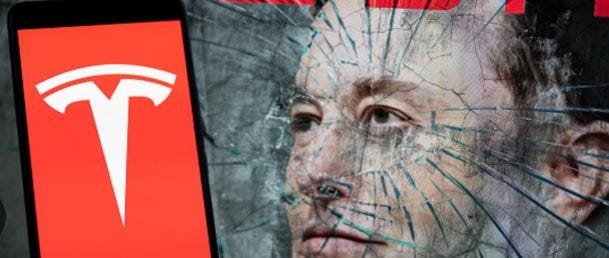Tesla Q1 Results: A Shady Set of Numbers
Tesla booked deferred FSD revenues but didn't disclose how much. Stripping out the estimated amount leaves real GAAP EPS at $0.12 or 65% below reported EPS
Deferred FSD Revenue Recognition May Have Boosted Q1 Profits Significantly
Tesla’s Q1 revenues missed by 2.3% and non-GAAP EPS was 8.2% below estimates (see Figure 3). This was not as bad as had been feared and the stock ripped upwards by 13.3% in after-hours trading.
Despite continued price cuts, a one-month shutdown of production at their German factor…



